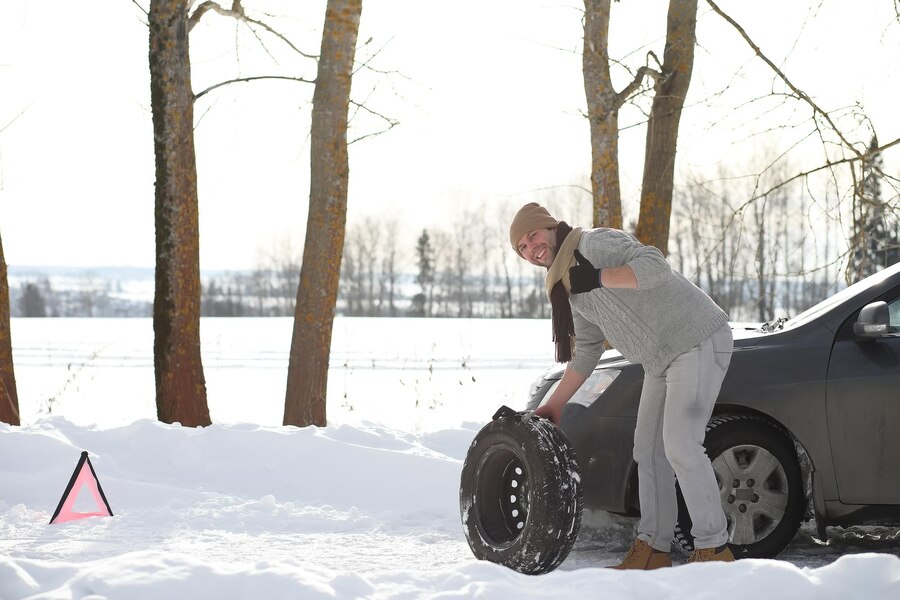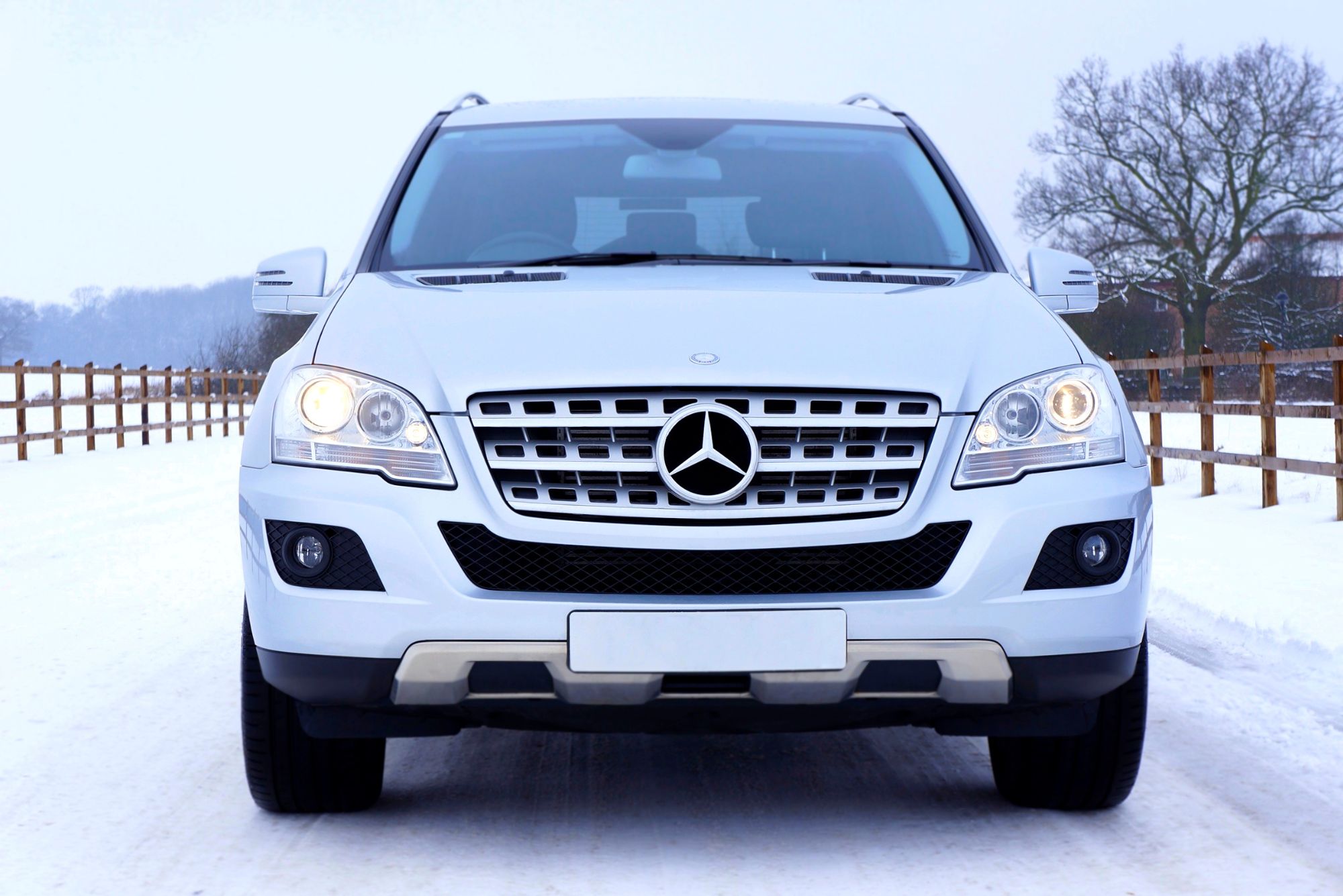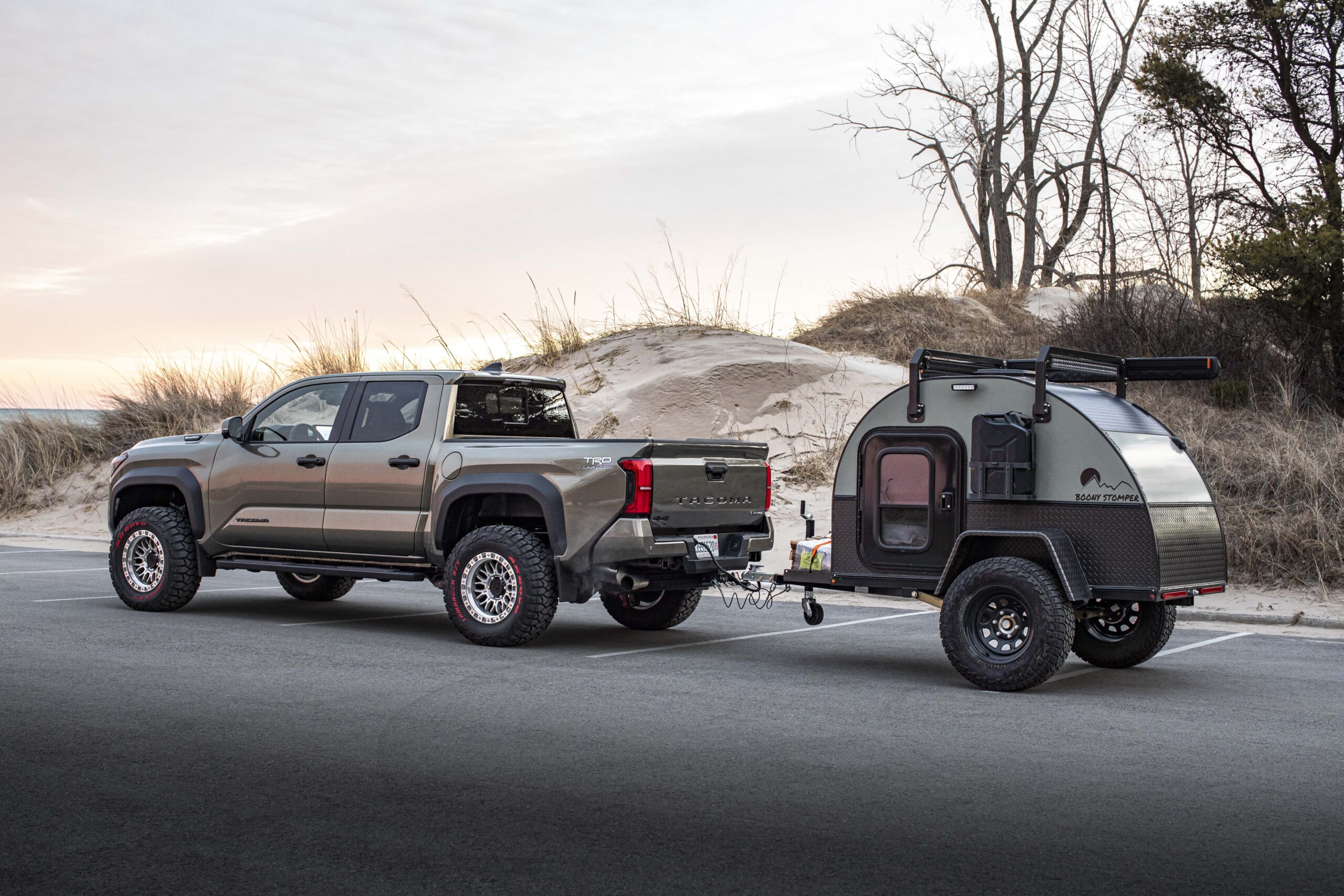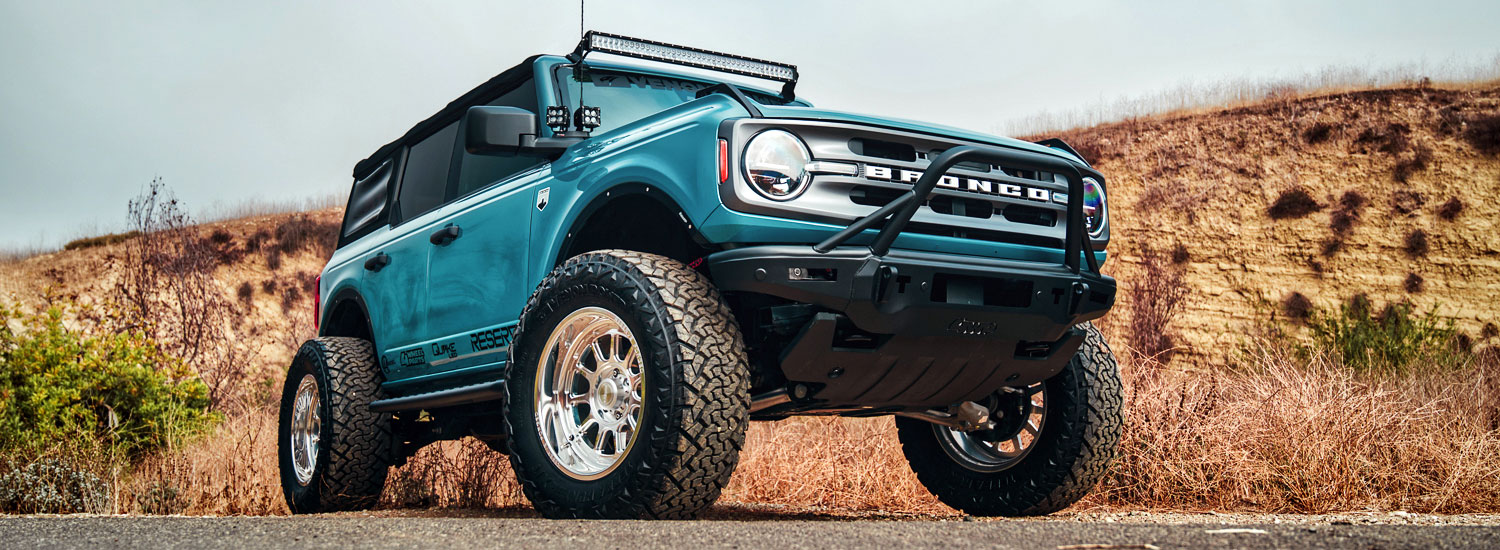Last Updated on July 19, 2025
It’s Time To Select the Perfect Snow Tires
Choosing the right snow tires becomes paramount for safe and confident driving when winter arrives with its icy grip and snow-covered roads. This comprehensive guide unveils the secrets to selecting the perfect snow tires to keep you in control and safe during the harshest winter conditions.
The Importance of Snow Tires
Winter is a season of beauty and wonder, with its snow-covered landscapes and crisp, cold air. However, it’s also a season that presents unique challenges on the road, as snow and ice can turn your daily commute into a treacherous journey. This is where the importance of snow tires shines through.
Snow tires are not just an accessory but an absolute necessity for winter driving. They are your first line of defense, providing the grip and traction needed to navigate snowy and icy roads safely.
While snow tires represent an investment, they extend the life of your all-season tires and enhance your safety on the road. Think of them as an essential tool for winter driving.
How to Choose the Right Snow Tires
Given the many options available, selecting the perfect snow tires for your vehicle can be daunting. However, armed with the proper knowledge, you can make an informed decision that ensures your safety and confidence on winter roads. This section will delve into the essential factors to consider when choosing snow tires, guiding you to the easy way to navigate the winter season. Whether you face heavy snowfall or icy conditions, understanding how to pick the right snow tires will make all the difference in your winter driving experience.

1. Understand Tire Size
The size of your snow tires should match your vehicle’s specifications. Refer to your vehicle’s manual or the sidewall of your current tires for details on the size.
2. Check for the Three-Peak Mountain Snowflake Symbol
Look for the Three-Peak Mountain Snowflake symbol on the tire’s sidewall. It indicates that the tire meets the industry standards for severe snow conditions.
3. Consider Tire Type
Snow tires come in different types and sizes, including studded and studless. Studded tires provide exceptional traction on ice, while studless tires are quieter and perform well on snow.
4. Evaluate Tread Depth and Design
Tread depth and design are crucial. Deeper treads and unique patterns enhance traction and grip on slippery surfaces.
5. Review Speed Rating
Consider your typical driving speeds. Choose snow tires with a speed rating that matches or exceeds your needs.
6. Think About Your Driving Conditions
Are you in an area with heavy snowfall, or do you face more icy conditions? Tailor your choice to your specific winter driving conditions.
7. Budget Wisely
While it’s tempting to cut costs, remember that quality matters regarding snow tires. Investing in reputable brands and models will pay off in safety and performance.
8. Opt for a Full Set
Install a complete set of four snow tires to maintain balanced handling and control. Mixing snow tires with all-season tires can compromise performance.
When to Install Snow Tires
Timing is crucial when preparing your vehicle for the challenges of winter driving. While having the right snow tires is essential, knowing when to install them can significantly impact your safety and performance on cold, snowy, and icy roads. In this section, we’ll explore the factors determining the ideal moment to install your snow tires, ensuring you’re well-prepared for winter. By understanding when to make the switch, you’ll maximize your snow tires’ effectiveness and drive confidently in challenging winter conditions.

Temperature Matters
The ideal time to install snow tires is when temperatures consistently drop below 45°F (7°C). This ensures they perform optimally in cold conditions.
Plan Ahead
Don’t wait for the first snowfall; plan and install your snow tires before winter arrives for enhanced safety.
Conclusion
Choosing the right snow tires is a critical aspect of winter driving safety. Invest time in selecting the best tires for your specific needs, and you’ll enjoy improved traction, better control, and peace of mind when winter unleashes its fury. Remember, your safety on winter roads begins with the right choice of snow tires.
Ready to Buy New Snow Tires?
Buy your new tires online at Tires-easy for the best selection, offers, and discounts.
FAQs
How do I find the best snow tires?
To find the best snow tires, consider factors like tire type (studless or studded), tread design, size, and your specific driving conditions. Research reputable brands and read reviews to make an informed choice.
What tires are best for snow?
The best tires for snow are those with the Three-Peak Mountain Snowflake symbol, indicating they meet industry standards for severe snow conditions. Studded tires provide exceptional grip on ice, while studless snow tires perform well in snowy conditions.
What makes a tire good in snow?
A tire’s effectiveness in snow is determined by tread depth, tread design, rubber compound, and sipes (minor grooves). Tires with deeper treads and unique snow-specific designs offer better traction and grip on snow and ice-covered roads.
-
Automotive Specialist
-
Proofreader
-
Writer









